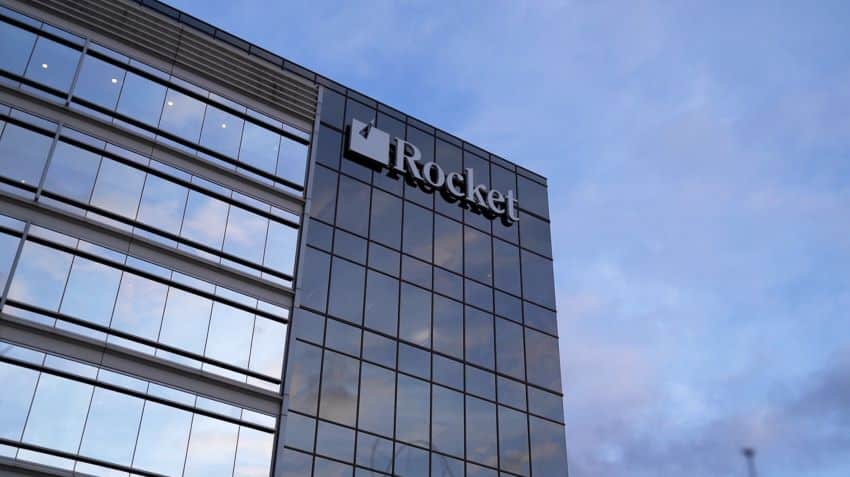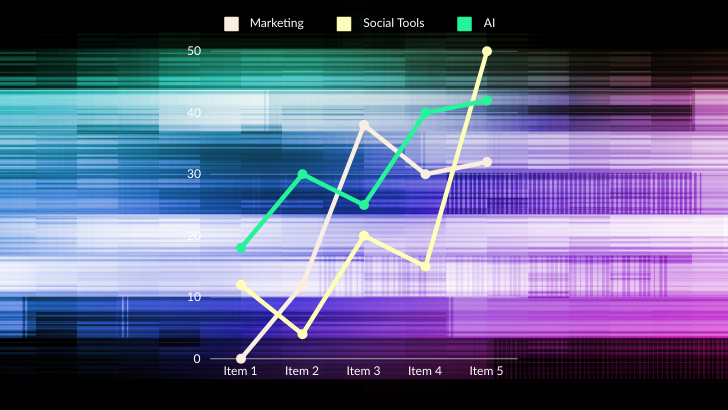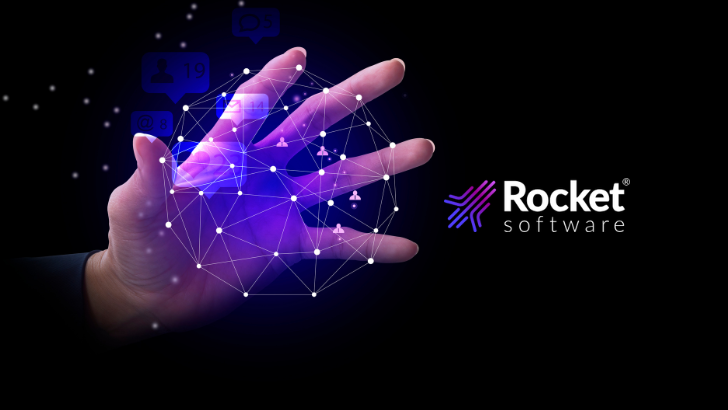Matt Deres, CIO at Rocket Software, has a long career in IT management at leading companies, but his path to tech was unusual. We had the pleasure of chatting with Matt to learn more about his approach to handling the pandemic’s infrastructure and people challenges as well as how the pandemic has impacted companies’ appreciation of legacy systems.
_________________________
Give me the elevator pitch for Rocket
Rocket was founded exactly 30 years ago by two engineers sitting at a kitchen table in Millis, and has now grown to include more than 1400 people around the world. At our core, we build technologies that help leading organizations around  the world use legacy systems to achieve legendary results, ranging from saving the lives of emergency responders to ensuring that pensioners receive their funds on time. It all comes back to four key values: empathy, humanity, trust, and love.
the world use legacy systems to achieve legendary results, ranging from saving the lives of emergency responders to ensuring that pensioners receive their funds on time. It all comes back to four key values: empathy, humanity, trust, and love.
How long have you been Rocket’s CIO? Tell me a bit about your background.
 I joined the company in April 2019 after spending a number of years doing IT management in financial services organizations. I’ve been working in the field for more than 20 years, but I actually started my career as a registered nurse. That experience has directly influenced how I think about the pandemic, both in terms of technology management and the health and safety of Rocketeers, our customers, and our partners.
I joined the company in April 2019 after spending a number of years doing IT management in financial services organizations. I’ve been working in the field for more than 20 years, but I actually started my career as a registered nurse. That experience has directly influenced how I think about the pandemic, both in terms of technology management and the health and safety of Rocketeers, our customers, and our partners.
Tech people often push to replace legacy systems, yet they continue to play a role in many companies.
A lot of people say that they want to replace legacy systems right up until they actually begin the process. On paper, getting a newer system may seem like the best choice, but once you factor in things like training, potential downtime, and ongoing maintenance, it doesn’t make sense financially or otherwise. Legacy systems, including mainframes, help run all of the major banks in the United States, as well as many government agencies, retailers, healthcare systems, and other organizations that handle large amounts of data.
What are some of the most common uses for legacy hardware and software systems?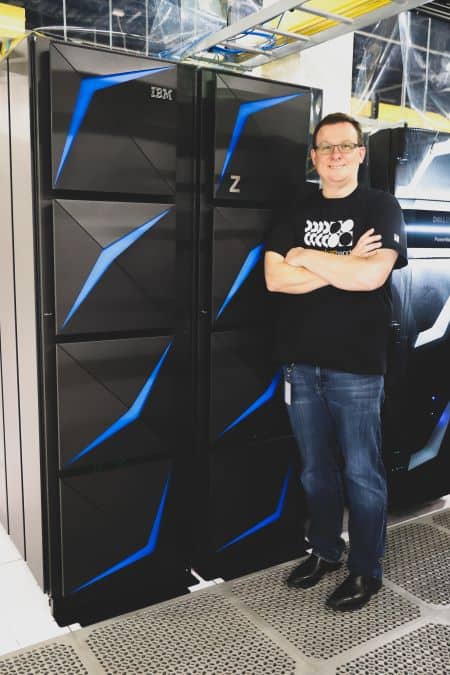
The beauty of legacy systems is that they can do absolutely everything that newer technologies can do and sometimes faster! For example, the IBM z15, which falls into the mainframe category, can handle more than 6 billion transactions a day. That’s why legacy systems have not crashed during the pandemic. Even with the increased workload for things like state unemployment claims, legacy systems are rock solid.
Has the huge disruption that COVID has caused to companies and their workforces changed their attitudes to legacy systems? Is the push to replace them accelerating or slowing?
The COVID pandemic has made IT teams take a serious look at how everything in the organization is functioning, from security to remote access to ease-of-use. Processes that used to take years of debate before they were implemented are getting fast-tracked as business leaders realize that it’s more important than ever for their infrastructures to work perfectly. In just about every case, legacy systems are more than up for the challenge. We’ve talked to a number of organizations that have discussed switching off of legacy systems but are now putting those plans on hold. Why fix something that isn’t broken?
Are there new uses for legacy systems in the COVID world?
A perfect example of this is a Midwestern state that used our technology to handle unemployment claims during the initial spike of the pandemic. The state government experienced demand 11 times greater than usual, and we were able to help them process all of the applications. There aren’t a lot of systems that can handle this kind of increased workload without a massive investment in new machines. Quite literally, we optimized everything in a few hours. This is exactly what legacy systems are doing all over the world. They just work, and they can handle incredible workload without a hitch.
Any final thoughts?
We woke up on March 11 and told everybody to stay home. That’s 1400 people in dozens 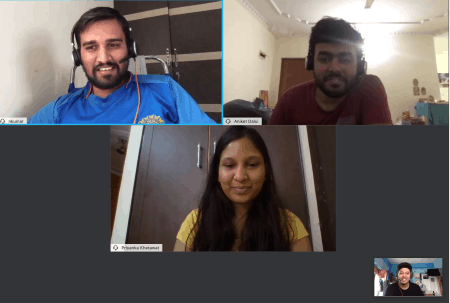 of locations around the world suddenly not coming into offices. It was absolutely the right move from a health standpoint, and our technology was able to handle the transition seamlessly. We’ve had almost no problems, and if anything, team collaboration is even easier than ever before. In fact, we are doing a global hackathon, Rocket.Build, which involves more than 400 engineers in dozens of countries this summer, and our infrastructure is leading the way.
of locations around the world suddenly not coming into offices. It was absolutely the right move from a health standpoint, and our technology was able to handle the transition seamlessly. We’ve had almost no problems, and if anything, team collaboration is even easier than ever before. In fact, we are doing a global hackathon, Rocket.Build, which involves more than 400 engineers in dozens of countries this summer, and our infrastructure is leading the way.
